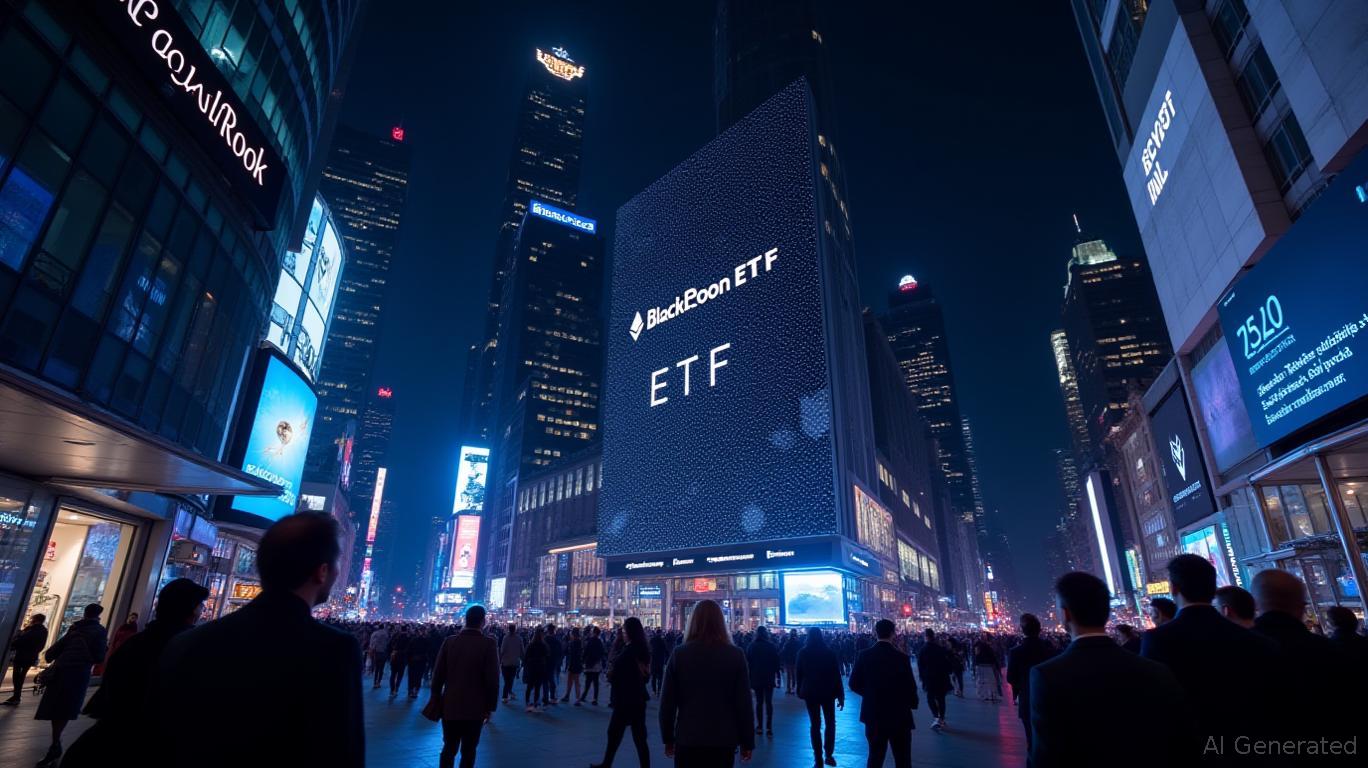DiscoverIE Group: Why Earnings Growth Isn’t Translating to Share Price – Yet
discoverIE Group (LON:DSCV) has confounded investors over the past three years: its stock has declined by 29%, yet underlying earnings have grown steadily. This paradox raises a critical question: Why isn’t the market rewarding this performance? To answer it, we must dissect the company’s financial strategy, operational challenges, and macroeconomic headwinds—while assessing whether the disconnect between fundamentals and valuation is sustainable.
The Financial Foundation: Margin Expansion Amid Revenue Volatility
discoverIE’s earnings resilience stems from a deliberate focus on margin expansion and high-margin acquisitions. Despite a 3% revenue decline to £437 million in FY2023/24, its underlying operating margin hit a record 13.1%, up 1.7 percentage points year-on-year. This outperformance was driven by cost discipline and strategic acquisitions like 2J Antennas and Silvertel, which boost margins to 28% over time.
The company’s cash flow metrics further underscore its strength: underlying operating cash flow rose 22% to £59 million, with a robust 103% conversion rate from EBITDA to cash. Even its reported profit before tax (PBT) of £22.2 million—24% lower than prior-year—was dragged down by one-time costs tied to the disposal of its low-margin solar business. Investors should note that earnings quality remains high, with a record £337 million pipeline of design wins (up 23% YoY) and a 4.5-month order backlog.
The Underperformance Puzzle: Tariffs, Tariffs, and More Tariffs
The stock’s slump isn’t due to poor execution but geopolitical and macroeconomic headwinds. The U.S. accounts for 24% of discoverIE’s revenue, yet 11% of its sales there are exposed to punitive tariffs (e.g., 145% on Chinese exports). While the company plans to mitigate this via U.S. “friendshoring” (expanding seven existing facilities), the delayed implementation of tariffs until April 2025 and retaliatory measures (e.g., Canada’s 25% tariffs) have created uncertainty.
Analysts highlight that valuation discounts now overstate risks: discoverIE trades at a five-year low forward P/E of 13.5x, versus peers like Halma (26.8x) and Addtech (38.2x). This discount persists despite its margin expansion and a 5% dividend hike to 12.0p per share—reflecting strong cash generation.
Growth Catalysts: Structural Tailwinds and Strategic Shifts
- High-Growth Sectors: discoverIE’s focus on medical, renewable energy, and security markets aligns with secular trends. For instance, its medical division delivered double-digit organic growth in FY2023/24, offsetting industrial sector destocking. The security market—a new strategic priority—is projected to add £100 million in annual revenue by 2026.
- Acquisition Pipeline: With £70 million in acquisition capacity post-H1 cash flow, the company aims to boost margins further. Recent deals like Hivolt (July 2024) and Burster (January 2025) target niche, high-margin markets with 10–20% EBITDA margins.
- ESG Leadership: A 47% reduction in carbon emissions since 2021 and its “AA” MSCI rating signal alignment with net-zero goals. This positions discoverIE to capitalize on green energy demand, which is expected to grow 88% in solar capacity alone by 2025 (per U.S. EIA).
Risks and Challenges
- Tariff Mitigation Timeline: Shifting production to the U.S. requires customer approvals and supply chain reconfiguration, which could delay margin improvements.
- Cyclicality of Industrial Markets: The Magnetics & Controls division’s 10% organic sales decline (Q1 2025) reflects ongoing customer destocking. While orders stabilized in H1, a full recovery may take until FY2026.
- Currency Headwinds: Sterling’s 2–3% appreciation against the Euro and USD reduced reported revenue by 1% in FY2024, though underlying metrics remain resilient.
Conclusion: A Buy on Valuation, but Wait for Catalysts
discoverIE’s stock underperformance is a classic case of valuation overshooting fundamentals. The company’s 13.8% H1 operating margin, 22% cash flow growth, and £337 million design win pipeline suggest it’s well-positioned to rebound. However, investors must weigh near-term risks:
- Near-Term Risk: Tariff-related costs and industrial destocking could keep margins pressured in FY2025.
- Long-Term Opportunity: A 15% medium-term margin target (vs. current 13.1%) and $38 billion global demand for its components (per industry forecasts) justify a re-rating.
Investment Thesis:
- Buy: For investors willing to hold 18–24 months, with a 15% upside target if margins reach 15% and valuations normalize to 18x P/E.
- Hold: For shorter-term investors, pending clarity on tariff resolution and order recovery in industrial markets.
discoverIE’s undervaluation relative to its peers and growth pipeline makes it a compelling contrarian play—provided investors can tolerate the geopolitical and cyclical volatility ahead. The question isn’t whether earnings growth will eventually win; it’s whether patience will be rewarded sooner rather than later.



_23f7f7eb1749627884277.png)





